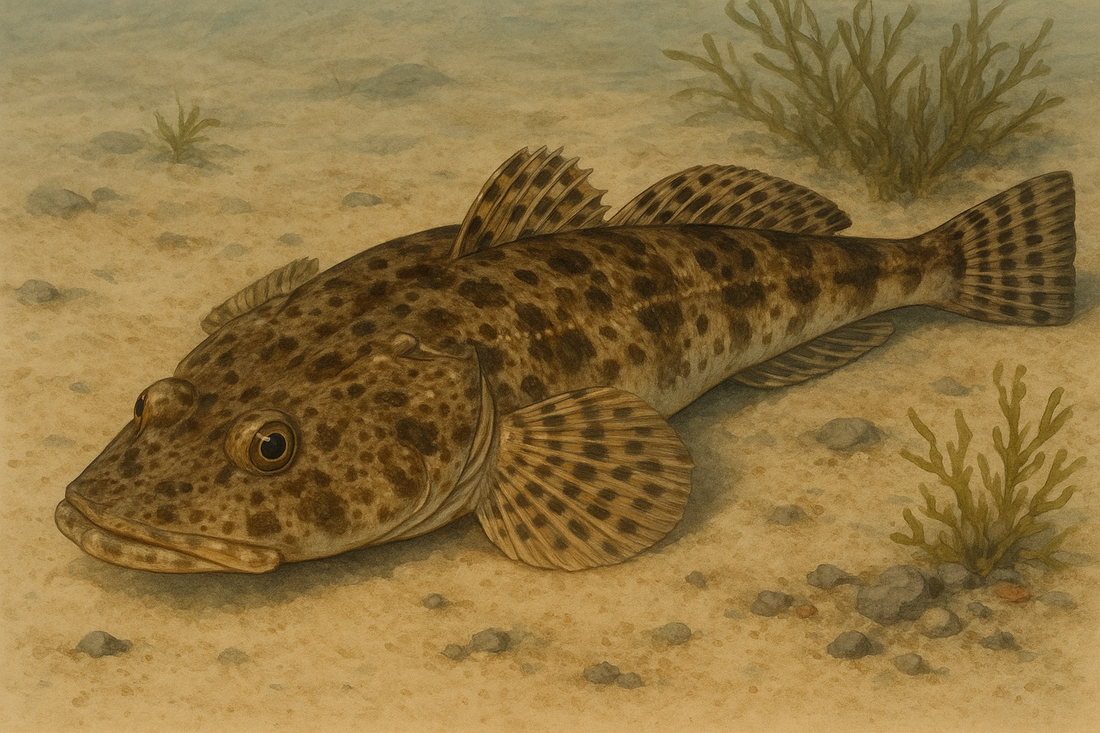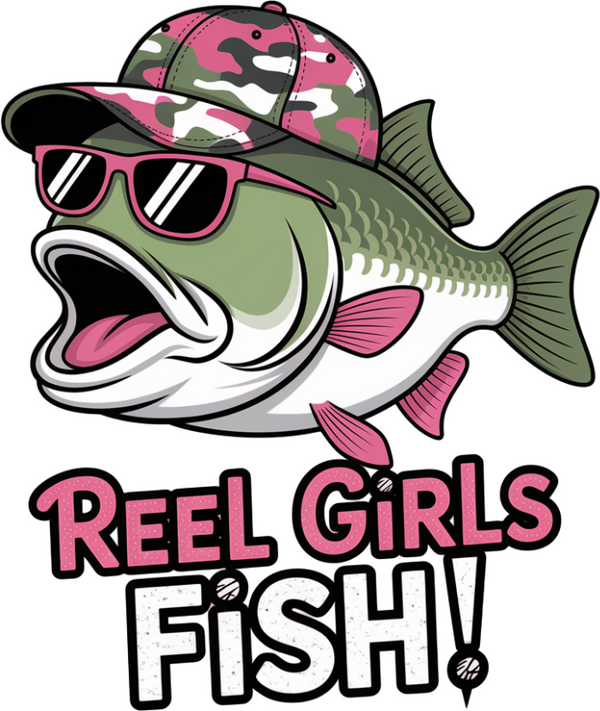
The Ultimate Guide to the Best Bait for Flathead Fishing
Share
Maximising Your Success on the Water
Introduction
Flathead fishing is a favourite pastime for many anglers across Australia and beyond. These bottom-dwelling predators are known not only for their distinctive appearance—broad, flat heads and camouflaged bodies—but also for the excitement they bring to any fishing adventure. Whether you’re casting from a sandy estuary, a river mouth, or off the beach, understanding the feeding habits of flathead and choosing the right bait is crucial to increasing your catch rate. In this comprehensive guide, we’ll explore the best baits for targeting flathead, tips on presenting them, and how to adapt your approach for different environments.
Understanding Flathead Feeding Habits
Before diving into the best bait choices, it’s important to understand a bit about flathead behaviour. Flathead are ambush predators. They bury themselves in the sand or mud with only their eyes protruding, waiting patiently for unsuspecting prey to pass by. Their diet is diverse, consisting mainly of small fish, prawns, crabs, and various marine worms.
Flathead rely heavily on movement and vibration to locate their food, making them opportunistic and aggressive feeders. This means your bait selection—and how you present it—can significantly impact your success.
Best Natural Baits for Flathead
When it comes to enticing flathead, natural bait is often hard to beat. Here are some of the top contenders:
1. Live Prawns
Ask any seasoned flathead angler and they’ll likely tell you that live prawns are high on the list of best baits. The natural swimming motion and irresistible scent of a live prawn are a deadly combination. Hook the prawn lightly through the tail or horn to keep it lively, and allow it to swim naturally. Cast near sand flats, weed beds, or drop-offs where flathead are known to lie in wait.
2. Live Poddy Mullet
Poddy mullet (juvenile mullet) are another premium bait option for flathead. Their size and energetic movements are especially effective at enticing larger specimens. Rig the mullet through the lips or just behind the backbone so it swims freely. Drift fishing or employing a steady retrieve can both be effective techniques.
3. Whitebait and Pilchards
If live bait isn’t available, whitebait and pilchards—either whole or as cut baits—can be excellent alternatives. Their oily flesh gives off a strong scent trail in the water, drawing flathead from their hiding spots. Thread these smaller fish onto a long-shank hook and allow for a natural drift along the bottom.
4. Bluebait and Squid
Cut pieces of bluebait or squid are also proven flathead catchers. Squid, with its tough flesh, stays on the hook well and can withstand the attention of pickers. Both baits release strong scents and movement when fished near the bottom, making them ideal for flathead.
Artificial Baits: Soft Plastics and Lures
While natural baits are incredibly effective, advances in tackle technology have seen many anglers shift towards artificial options, which can be just as productive and often more convenient.
1. Soft Plastics
Soft plastic lures in the 3-5 inch range, especially those with paddle tails or curly tails, have become the go-to artificial bait for flathead. Their lifelike action in the water mimics small fish or prawns, and they can be rigged weedless or on a standard jig head.
Colour is important—natural hues like silver, white, and brown work well in clear water, while brighter colours (pink, chartreuse, or orange) can provoke strikes in murky conditions. The key to success with soft plastics is to use a slow, hopping retrieve along the bottom, mimicking a wounded baitfish.
2. Vibes and Blades
Vibe lures (both hard and soft) and metal blades are effective for covering water and finding fish quickly. These lures send out strong vibrations, attracting flathead even when visibility is low. Allowing the lure to sink to the bottom before starting a lift-and-drop retrieve replicates the movement of prey and can trigger aggressive strikes.
3. Hard-bodied Lures
Shallow-diving and suspending hard-bodied lures are also productive, particularly when worked over sand banks or drop-offs. Choose models that resemble the prey found in your local waters, such as small mullet or baitfish. A slow, twitchy retrieve can imitate an injured fish and appeal to the flathead’s predatory instincts.
Presentation Matters
Regardless of the bait you choose, how you present it is almost as important as the bait itself. Flathead are bottom feeders, so your bait should be in or near the strike zone. Use sinkers if necessary to keep your offering close to the bottom, but don’t overburden the rig, which can reduce the natural movement of the bait.
For live and cut baits, a simple running sinker rig with a long leader works well. This allows the bait to move naturally and helps prevent shy fish from feeling resistance. When using lures, experiment with retrieve speeds and actions until you find what the fish are responding to on the day.
Adapting to Conditions and Locations
The best bait may change depending on where and when you’re fishing. In estuaries and rivers, live prawns and poddy mullet are often unbeatable. On beaches or offshore flats, pilchards, whitebait, and soft plastics can shine. Take note of local baitfish and invertebrate populations and try to “match the hatch” as closely as possible.
Tide and time of day also play a role. Flathead are more active during the run-out tide and at dawn and dusk. Adjust your bait and presentation accordingly, and don’t be afraid to move around until you find the fish.
Tips for Maximising Flathead Success
· Use fresh bait whenever possible. Flathead have an excellent sense of smell and are more likely to take a natural, lively offering.
· Keep your rig simple. A basic running sinker rig is often all you need.
· Don’t stay in one spot too long. Flathead can be mobile, so cover water by drifting or casting along likely banks and channels.
· Use fluorocarbon leaders for increased stealth, as flathead have sharp eyesight and can be line shy in clear water.
· Always observe local fishing regulations regarding size and bag limits to ensure the sustainability of flathead stocks.
Conclusion
Choosing the best bait for flathead fishing comes down to understanding both the fish and the environment you’re fishing in. While live prawns and poddy mullet are often considered the gold standard, don’t overlook the effectiveness of whitebait, pilchards, squid, and well-presented artificial lures. Pay close attention to bait presentation, tidal movement, and local conditions, and you’ll give yourself the best chance of landing one of these impressive predators. With the right bait—and a bit of patience—flathead fishing can be one of the most rewarding experiences on the water.
